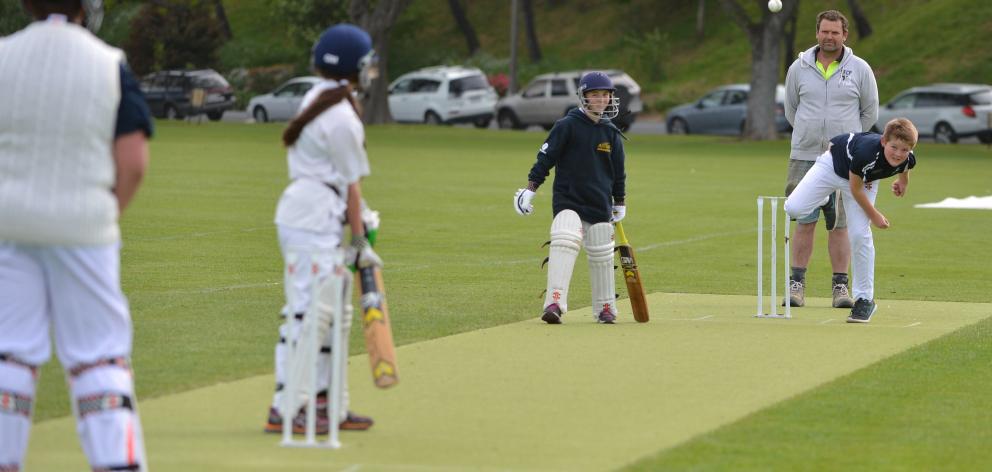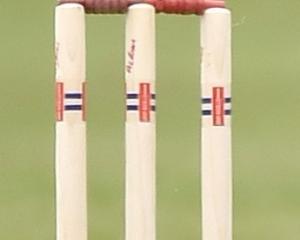
New Zealand Cricket will introduce a series of mandatory format variations for year 5-8 cricket next season to help keep the game relevant.
It outlined the changes in its report "Different Ages — Different Stages" earlier this month.
"We need to make the game more accessible for Kiwi kids by making it their size, which means: shorter pitch lengths, fewer player numbers, shortened boundaries. Appropriate sizes for bat and ball.
"Think faster, more running, more balls in play; less wides. Think more fun," the report stated.
The guiding philosophy is to make the game fit in with the children and not the other way around. The boring bits can be cut down by speeding the game up and keeping everyone involved.
From next season on, year 5 and year 6 cricketers will be playing on 16m pitches and in teams of eight rather than the traditional 11.
The boundaries will be shortened to 35m and the game will last a maximum of 40 overs (20 overs each).
Year 7 and year 8 boys and girls will play on an 18m pitch with 40m boundaries. The teams will be limited to nine players and each side will need to get through a maximum of 30 overs each, although representative teams will bowl up to 40 overs.
The changes are mandatory and will need to be implemented by next season.
The report also recommends other non-essential changes to help keep the game interesting for Year 5 and 6 players. Dismissals would be, well, dismissed. Players would bat in pairs and get five overs at the crease.
Penalties could be introduced instead of dismissals, as in indoor cricket.
Run-ups would be limited to 10m and, to speed up the game further, all bowling could be done from one end.
For the year 7 and 8 players, dismissals would count, up to a point. Each player would get a minimum of six balls at the crease but a maximum of 30 could also be applied.
A penalty could be introduced for anyone who got out before facing their minimum six balls.
Many of the mandatory changes had already been adopted in Dunedin, Otago Cricket Association development officer Tama Walker said.
"There is nothing really dramatic about the changes for us," he said.
"In other associations, where they might still play 11-a-side, then it could be a pretty big shift. But we are almost there with most of these changes. We don’t have to change too much."
Walker said the Dunedin Cricket Association would meet club delegates on Tuesday to discuss some of the other suggested changes. However, he said reaction had mostly been positive.
Former Otago captain Craig Cumming, who coaches at junior level, felt many of the suggested changes would enhance the experience for junior cricketers.
"The shorter pitch lengths make sense," he said.
"The hardest thing for kids is getting the ball all the way down there. They compromise their action, they compromise control and it can delay the game. Shortening the pitch is a good thing, because you are trying to give those kids a positive experience."
Cumming was mostly on board with the idea of getting rid of dismissals, as well.
"There is a balance between the game and giving kids a positive experience. But at that level, I think it is really important that kids get an opportunity to contribute.
"The last thing they want to do is turn up and only face one or two balls and that is their day done and dusted."
Cumming has some concerns about shortening the pitch for year 8 players. With most junior cricket played on artificial turf, the extra bounce and shorter pitch lengths could pose a problem for that age group.
He was opposed to limiting year 8 players to 30 balls per innings but embraced the idea of giving everyone more opportunity at the crease.












